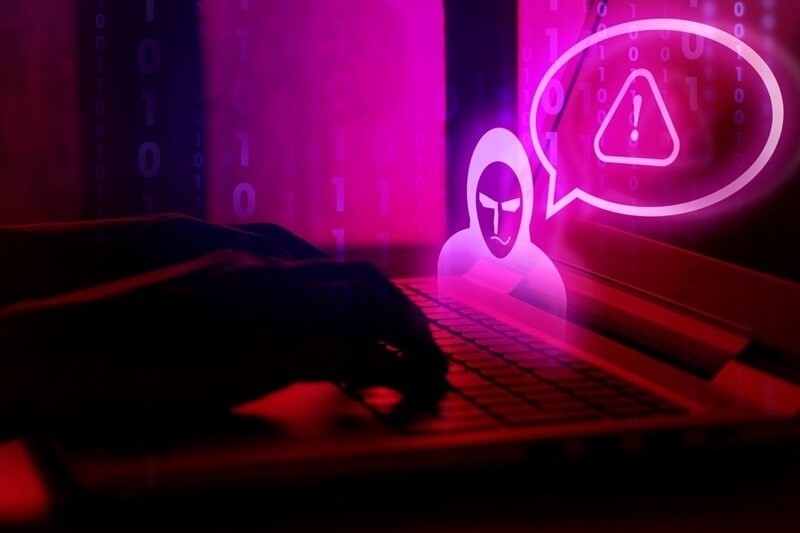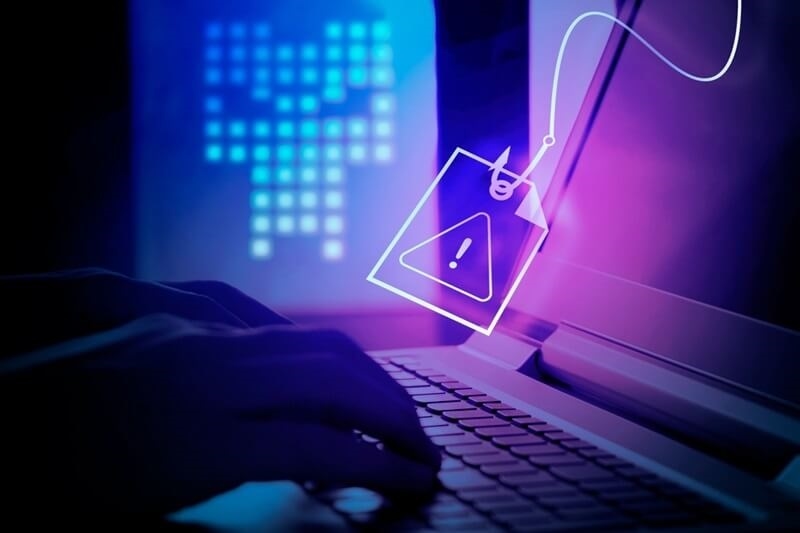
Cyber attacks are constantly changing, and the most pervasive and perilous among them is phishing. Phishing attacks have caused some of the worst cybersecurity attacks in the United States for small businesses and large corporations. The nature of phishing itself is an elusive one to counteract since it attacks humans and not merely the technological aspect.
This article covers the current trend of phishing attack prevention and presents simple strategies on how American companies can avoid phishing attacks.
In the most basic sense, phishing is an online offense that entails hackers impersonating legitimate entities to trick individuals into sharing confidential information such as passwords, financial details, or access codes. Phishing emails typically take the form of an email, but also appear as text messages, phone calls, or social media messages.
Phishing objectives range from stealing money and sensitive information to establishing a beachhead for massive assaults like ransomware deployments. Phishing attacks nowadays are quite sophisticated and comprise the use of technical skills together with psychological manipulation.
Of these, spear-phishing is a new and emerging threat to the USA. Spear-phishing differs from traditional phishing attacks because it is highly targeted. The attackers investigate their targets, preparing customized messages that are much more believable than the generic phishing attack. Executives, HR personnel, and finance departments are common targets since they have access to sensitive information.

Phishing is economically crippling. In several industry reports, United States businesses are said to lose billions of dollars every year because of phishing attacks. These aren't only resulting costs due to the immediate financial loss, but also through regulatory penalties, legal expenses, disruption of business, and loss of reputation.
Aside from economic losses, phishing attacks also lead to severe long-term damage on the reputation of a company. Clients, customers, and business partners won't trust a business company once their information has been compromised due to inadequate cybersecurity measures.
Antivirus software, firewalls, and encryption are fundamental elements of a cybersecurity plan. These measures, nevertheless, are likely to be lacking where phishing based on human mistake is involved. An employee tapping a link infected with a virus or responding to a phishing e-mail can easily outsmart even the best technical security mechanism.
It is this element of human nature that makes phishing prevention require an approach that is multifaceted with a blend of process, training, and technology. They must be proactive, not reactive. Hoping that after the breach has been made is too little, too late.
The following are best practices that US businesses can adopt in order to minimize opportunities for being victims of phishing attacks.
The first line of defense against phishing is to have proper email security solutions installed. Such solutions scan incoming email for known malicious links, attachments, and suspicious sender domains. Most such solutions use AI technology to learn about email behavior patterns and trigger warnings ahead of an employee's inbox.
Businesses need to consider anti-phishing software solutions that are updated on a regular basis to include the newest patterns of attack. The solutions not only detect intrusions, but they also provide full reporting and actionable analysis.
Human error is the largest weakness no matter what software is used. A constant level of cybersecurity awareness training is necessary. Employees need to understand how phishing works, identify red flags, and understand the risks of bad cyber hygiene.
Training should address:
Interactive and engaging training sessions result in improved knowledge retention and a more security-aware staff.
To complement training, firms should undertake phishing simulation exercises. The simulated phishing tests put employees on their toes in a safe environment.
Simulation results warn firms of vulnerabilities and customize future training. With time, practice in the form of simulations decreases the chances of employees falling victim to actual phishing attacks.
If staff see suspicious emails, they should not have to work hard to report them. Companies need straightforward, advertised procedures to report potential phishing attacks. Rapid reporting can give security teams the time to act before damage is done.
A few anti-phishing tools now include straightforward "report phishing" buttons within email clients to facilitate this.
A Zero Trust strategy presumes all users and devices are untrusted. Authenticated entities have as little access as is needed to perform the task. This restricts the harm that could be done in case credentials are phished.
Zero Trust solutions need to extend to networks, applications, and devices as well, creating multiple layers of authentication to ensure unauthorized access.
Old software typically has vulnerabilities that are targeted by phishing attackers to gain entry to networks even deeper. Ensuring operating systems, applications, and security software are up to date eliminates these threats.
Patch management software keeps systems updated without depending entirely on human response.
Phishing email protection begins with the identification of phishing email indicators. Some of these indicators include:
By training employees with these email phishing detection tips, they can recognize and steer clear of phishing attacks.
There are many types of anti-phishing software tools that can be employed to secure an organization. Some of the most popular and effective ones are:
Investment in multi-layered security solutions makes a company less susceptible to emerging phishing attacks.
Spear-phishing tactics USA uses targeted individuals within the company, which is mostly information gathered from social media or corporate websites. Spear phishing is difficult to detect since spear phishing appears legitimate and suitable.
Because spear-phishing may cause high-profile incidents, it should receive special attention in any anti-phishing attack strategy.
Technology can only do so much. Real security from phishing has to be integrated into the firm's culture. This involves:
Organizations that foster a security-first culture are more equipped to manage the changing phishing landscape.
Leaders must lead by example. Senior managers and executives need to make time to participate in phishing simulation exercises and cybersecurity awareness courses. When staff members see that security is being treated seriously at the executive levels of the organization, they are more likely to take notice.
Furthermore, continuous security upgrades and budgeting demonstrate leadership care in safeguarding the organization.
Lack of protection against phishing attacks not only means monetary loss but also potential failure to comply with regulations like GDPR, HIPAA, or CCPA, depending on the industry. Non-compliance results in staggering penalties and litigation.
Phishing attack prevention must be part of the continuing reviews of compliance needs and adjustments of the security policy to that effect.
Phishing is the most pressing cybersecurity threat facing U.S. businesses today. Phishers are constantly refining their methods, using both technological deception and psychological manipulation to outsmart even the strongest defenses. However, businesses can significantly reduce their threat level by adopting an assertive, multi-layered strategy.
By integrating anti-phishing software technologies, cybersecurity awareness training courses, phishing simulation training, and good policies, organizations can improve the ability of employees to identify and resist phishing.
This content was created by AI